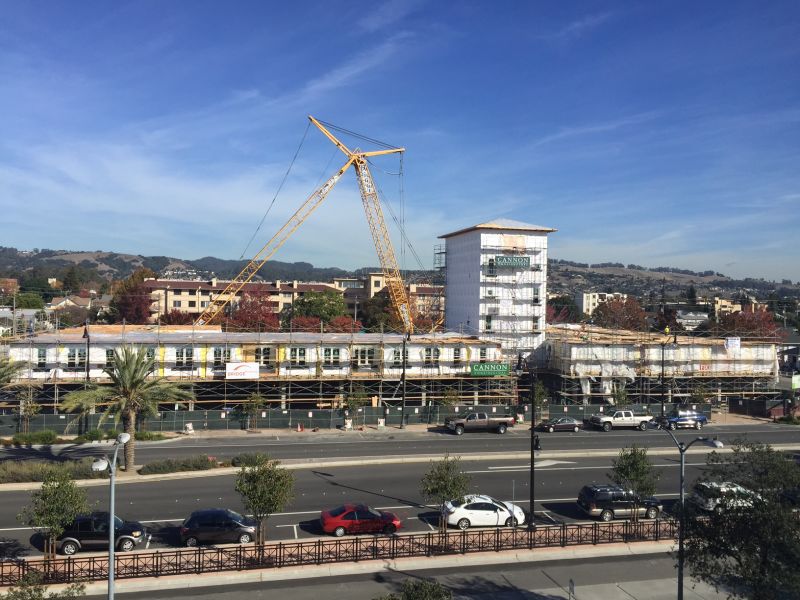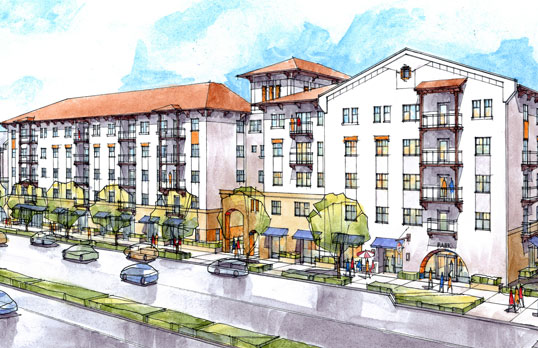The number of people expected to apply for the nonprofit's most recent Fremont building would blow that out of the water. Roughly 7,000 names are on the "interest list" for 64 affordable apartments, she says.
In El Cerrito, Resources for Community Development received 1,088 applications for 57 units in its recently completed Ohlone Gardens building.
Around 10,000 people expressed interest for affordable apartment buildings near MacArthur BART Station and Lake Merritt, according to BRIDGE Housing officials. When the time came to apply, each received roughly 5,000 applications.
After an affordable housing development is leased up, waitlists can still have thousands of people on them. That's the case for East Bay Asian Local Development Corp. properties. A spokesperson for the nonprofit says waitlists often range between 2,000 and 3,000 applicants.
The demand for affordable housing doesn't leave much room for optimism when your name is pitted against thousands of others. In many instances it comes down to a lottery.
That was true for DeJana Curry, 26, who just received the keys to her new affordable apartment near Oakland's Lake Merritt. She told KQED recently that she believes having her own place will improve her relationship with her mother and with her own 5-year-old girl, Londyn.
Some of the roughly 18,000 people who have expressed interest in BRIDGE Housing's Marea Alta building near San Leandro BART will have a chance to apply for an apartment this spring, says Nagraj.
Marea Alta will have studios and apartments with one, two or three bedrooms with monthly rents ranging between $493 and $1,155, depending on income and apartment size.
Preference will be given to individuals or families who live or work in San Leandro. There will be a lottery to determine which applications get viewed first, Nagraj says.
Only 115 families will get a spot. Most people will have to wait.

